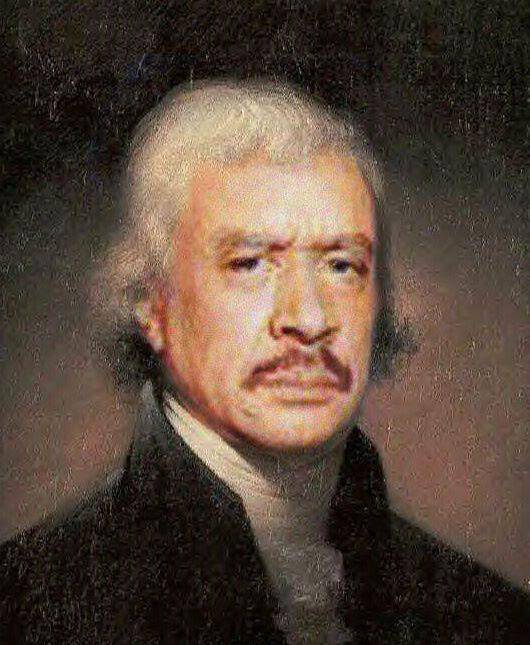deanrd
Gold Member
- May 8, 2017
- 29,411
- 3,634
- 290
- Banned
- #41
Was Jefferson a traitor who wanted to see the United States destroyed?Jefferson was a slave owner who raped his black female slaves against their will, and he never freed his slaves. Jefferson at best seems to have believed in select freedom and was an insincere opportunist.
Please see the following: KING: Thomas Jefferson was an evil rapist who owned 600 slaves

